- SHOPPING
Finding the Best Gift for Baby Boy
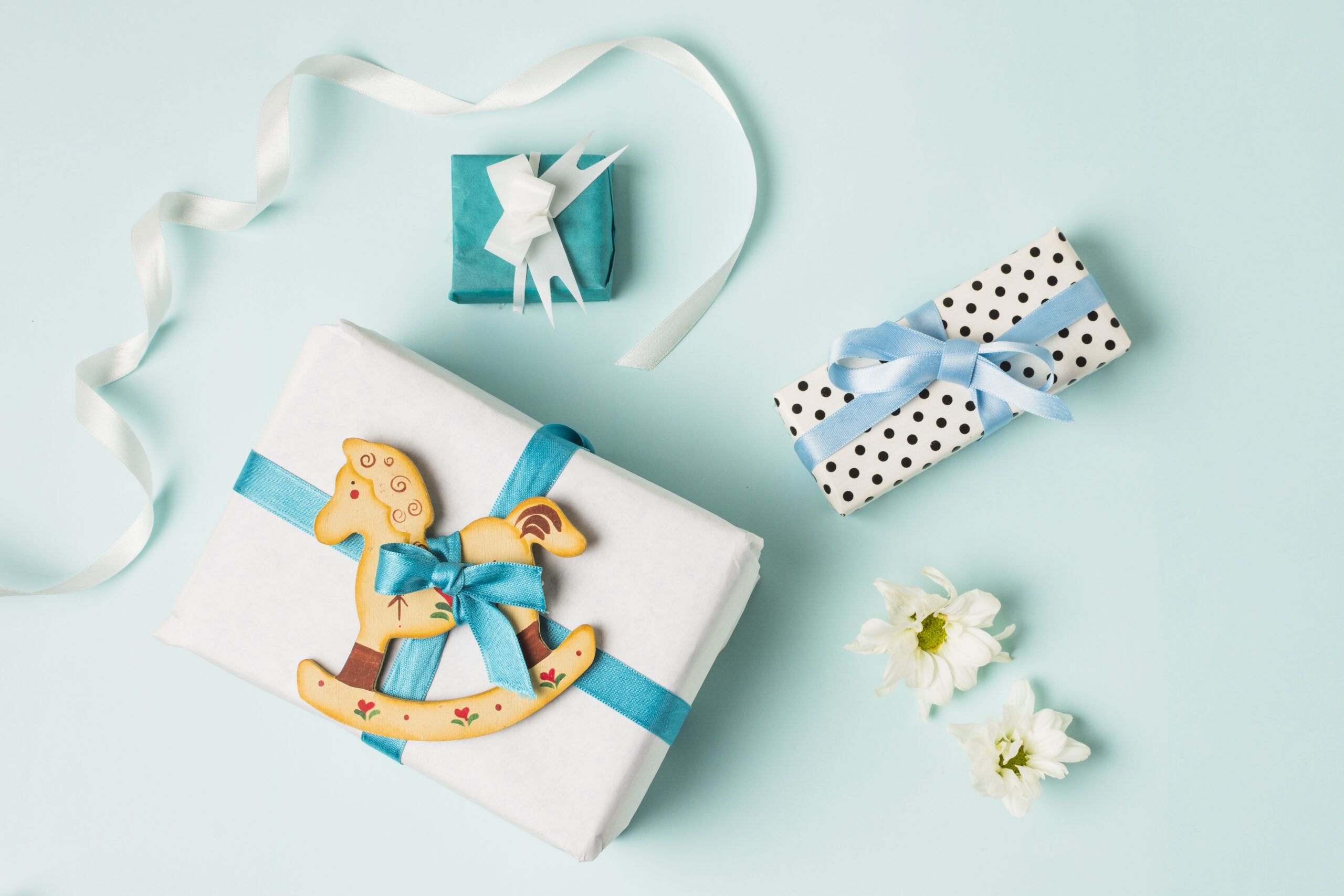
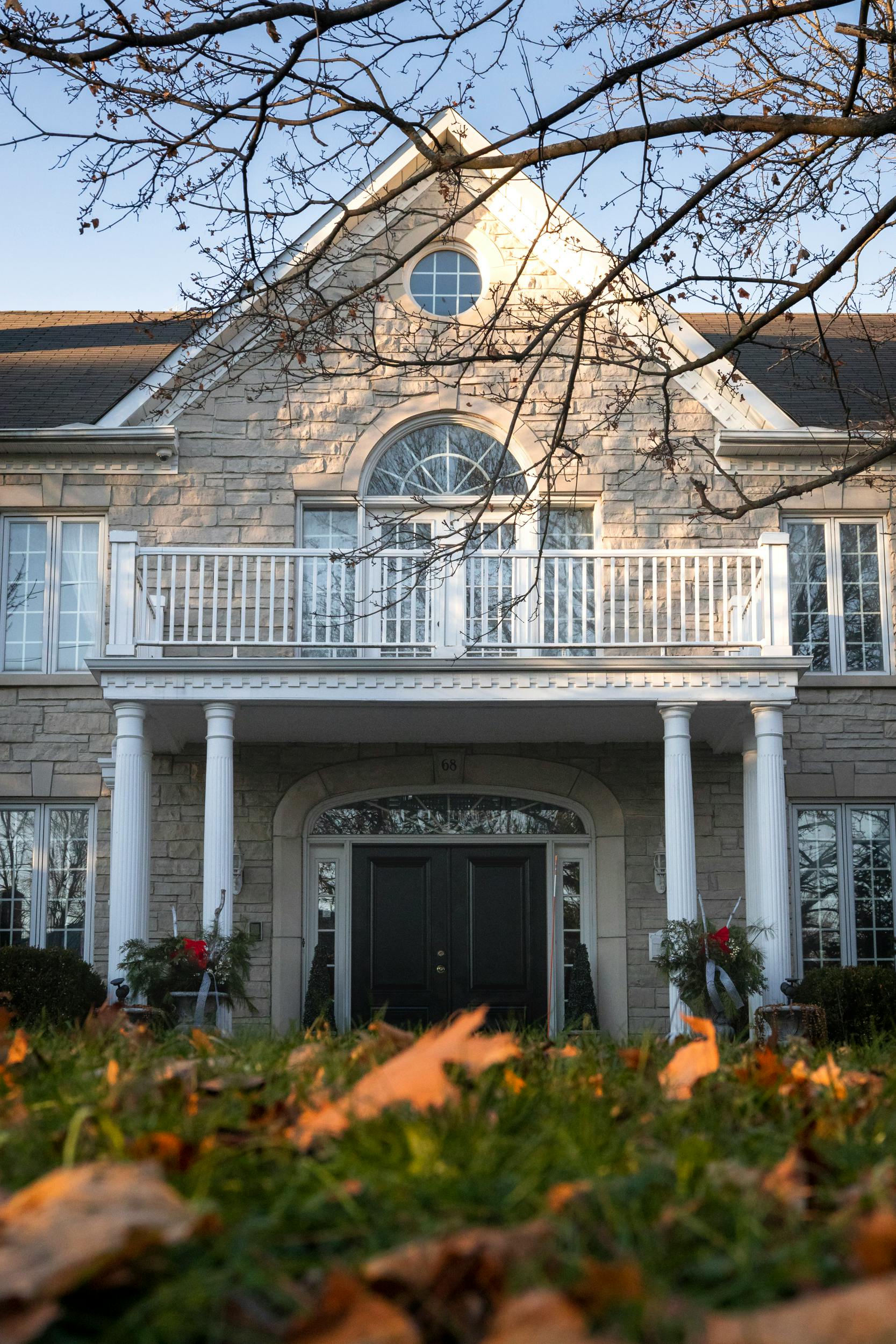
Transforming your front yard into a picturesque landscape doesn’t require towering trees or expansive gardens. Small trees can provide the perfect balance of beauty, shade, and structure without overwhelming your space. Whether you’re looking to add a pop of color, create privacy, or simply enhance curb appeal, selecting the right small trees can make all the difference. This guide explores the best small trees for front yards, offering detailed descriptions, care instructions, and practical tips to ensure your landscaping efforts flourish.
Small trees are an excellent choice for front yards, especially when space is limited. They offer aesthetic appeal and functional benefits, such as providing shade and supporting local wildlife. Unlike larger trees, small trees are easier to manage and maintain, making them ideal for homeowners who want to enhance their landscapes with minimal effort. This guide will help you choose the best small trees for your front yard, ensuring they thrive in your specific environment.
Choosing small trees for your front yard comes with numerous advantages. They can improve air quality, increase property value, and create a welcoming atmosphere. Furthermore, small trees often require less maintenance and are easier to prune, making them a practical choice for busy homeowners. Additionally, they can be strategically planted to enhance privacy or highlight architectural features of your home.
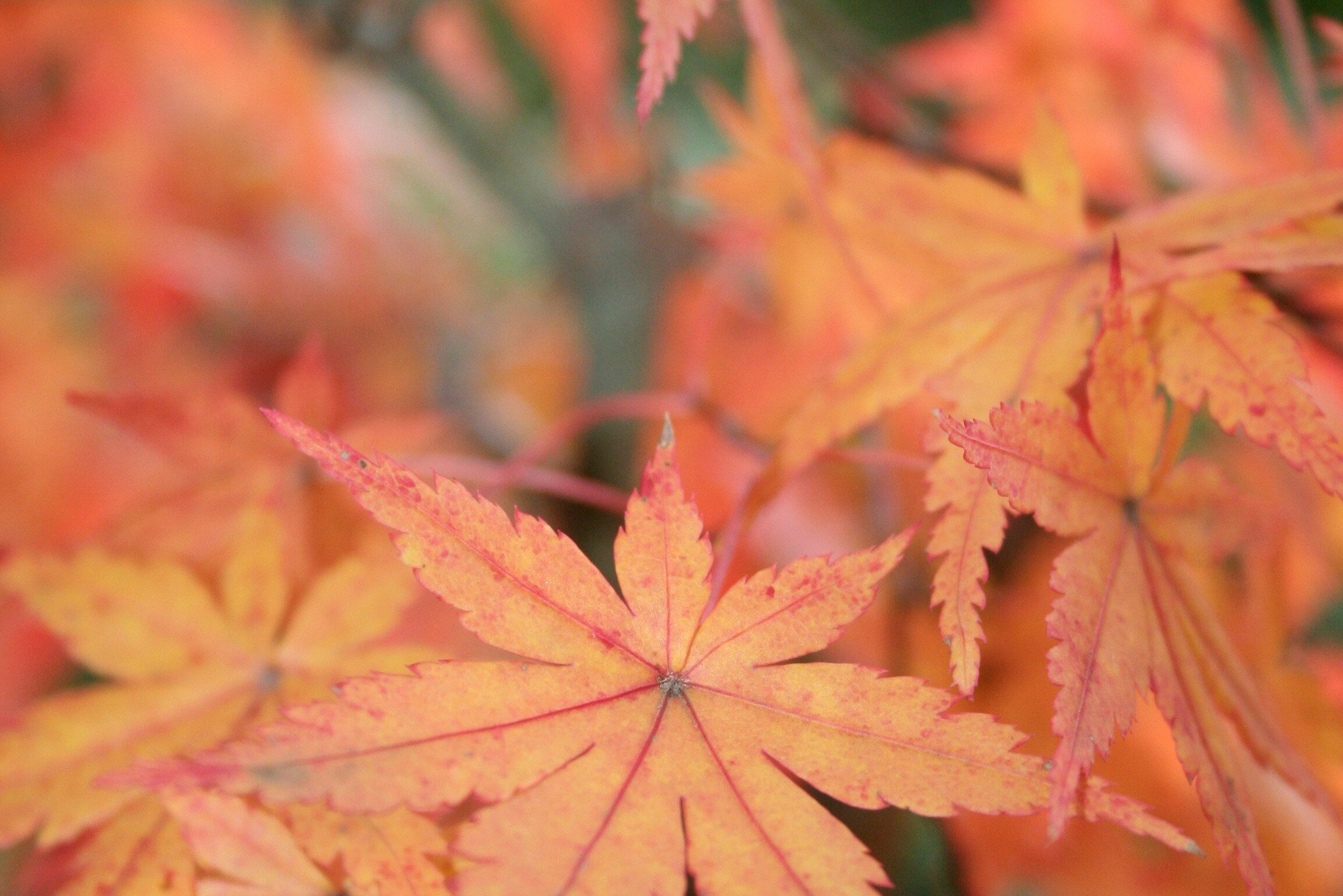
Japanese Maples are renowned for their delicate, lacy leaves and stunning fall colors. They thrive in partial shade with well-drained, slightly acidic soil. Regular watering is essential, especially during dry spells.
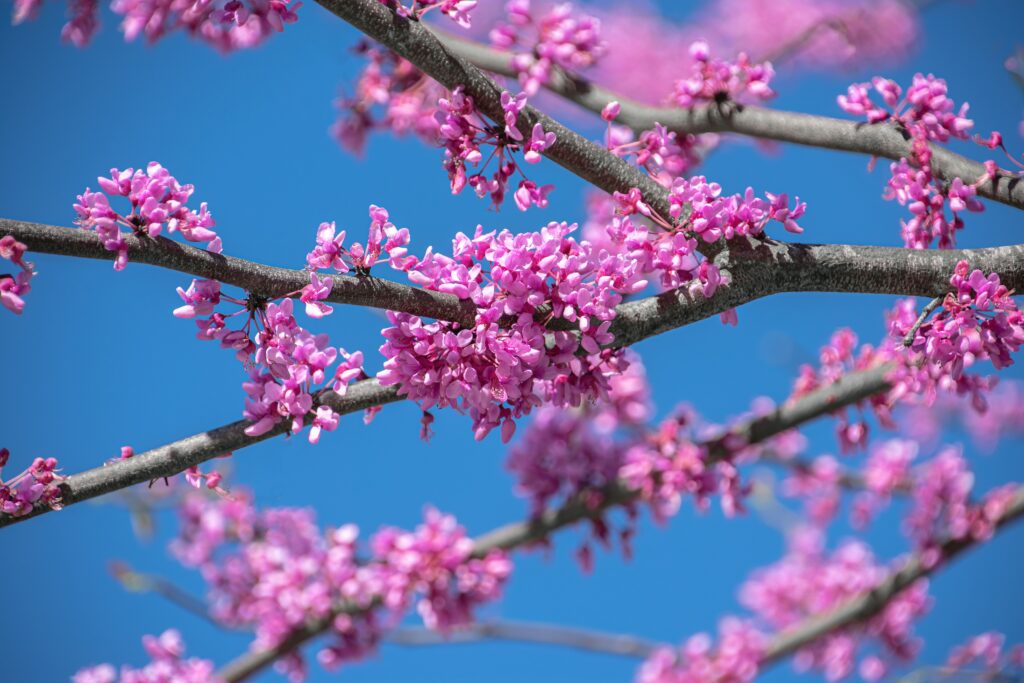
Known for its vibrant pink flowers in early spring, the Eastern Redbud is a showstopper. It prefers full sun to partial shade and well-drained soil. Moderate watering and occasional pruning help maintain its shape.
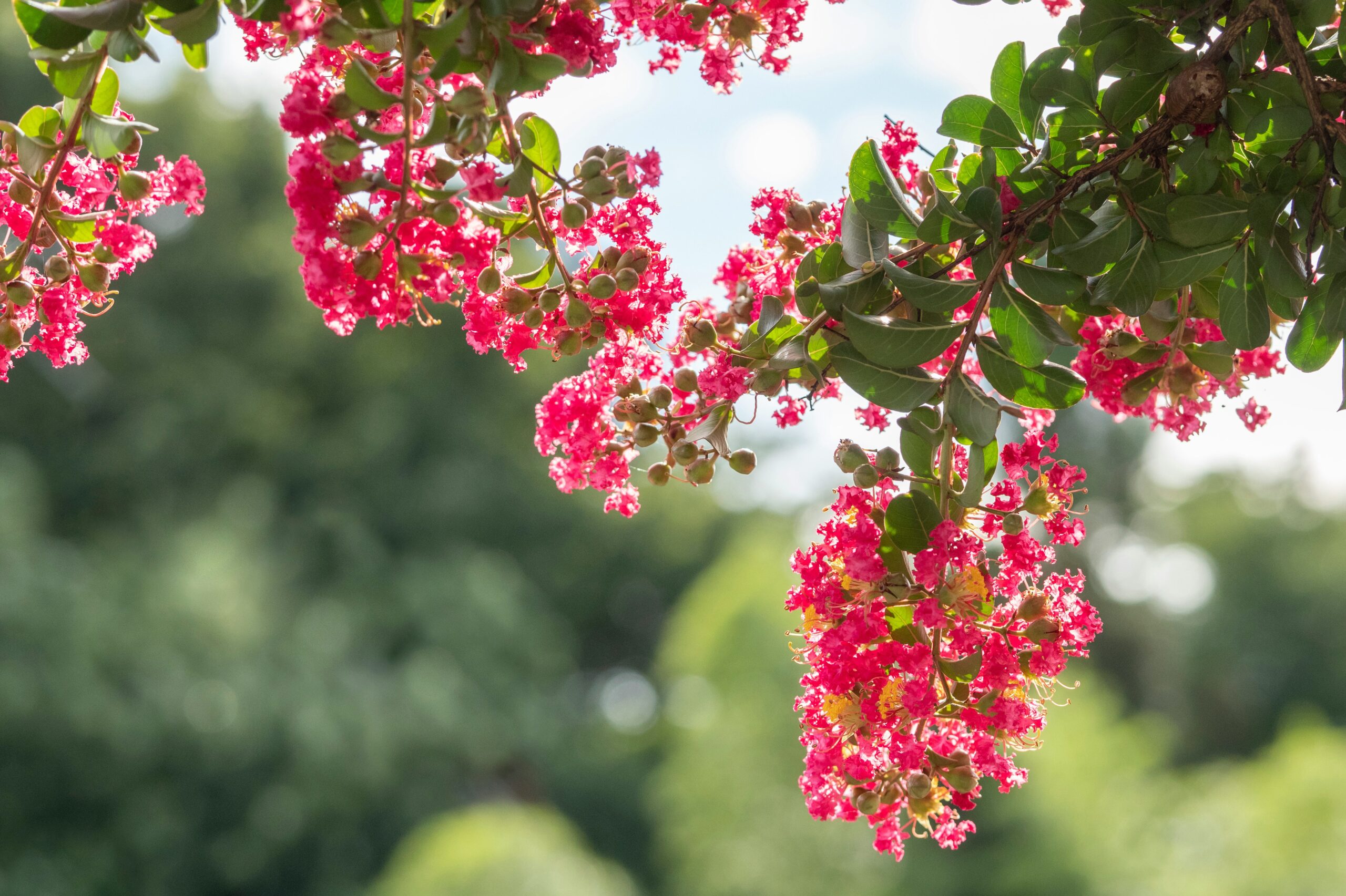
Crape Myrtles offer beautiful summer blooms and striking bark. They thrive in full sun and can tolerate a variety of soil types. Regular watering during the growing season is recommended.
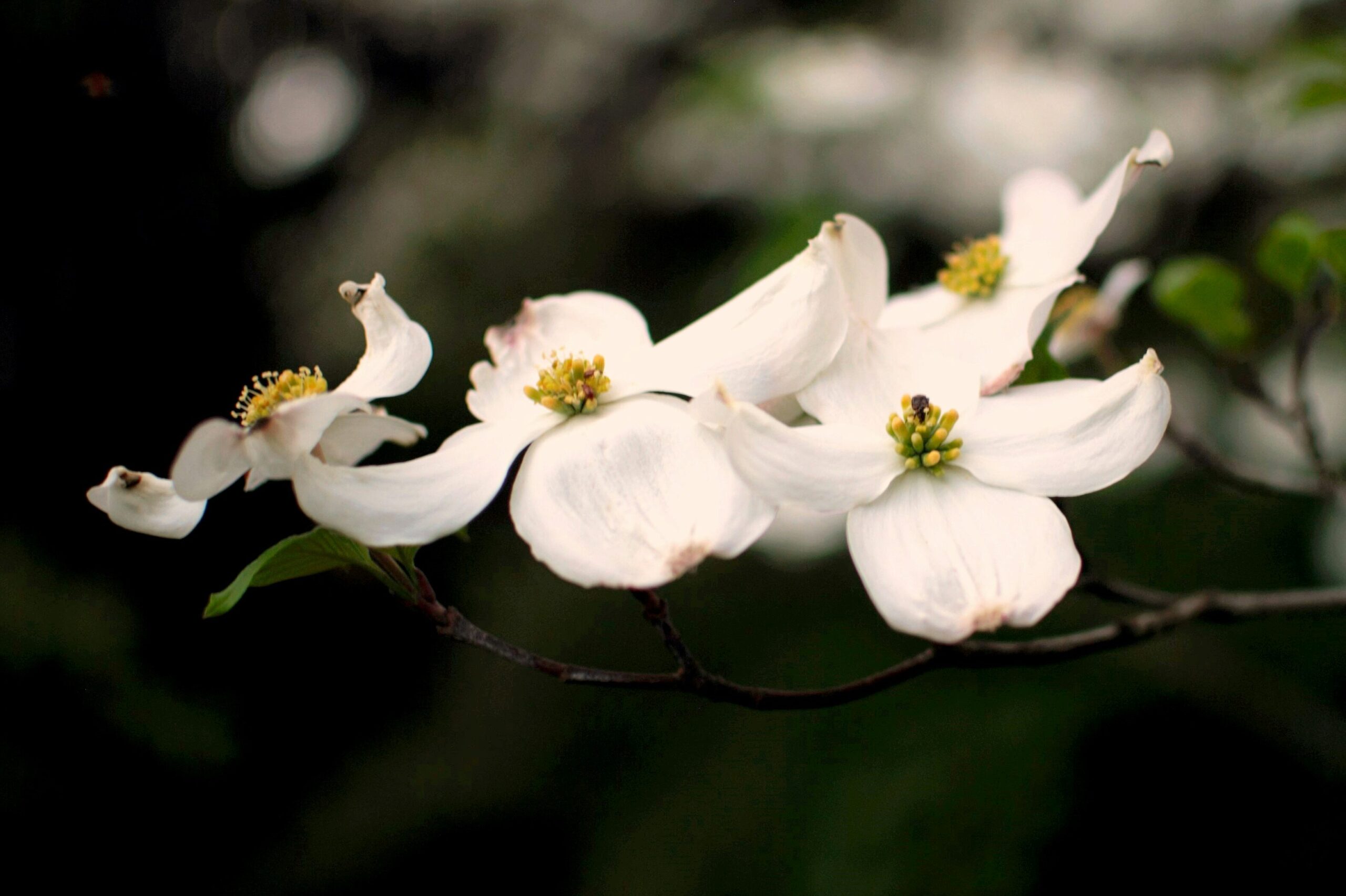
With its iconic white or pink blossoms, the Dogwood is a classic choice. It prefers partial shade and rich, well-drained soil. Consistent moisture and mulch around the base help retain soil moisture.
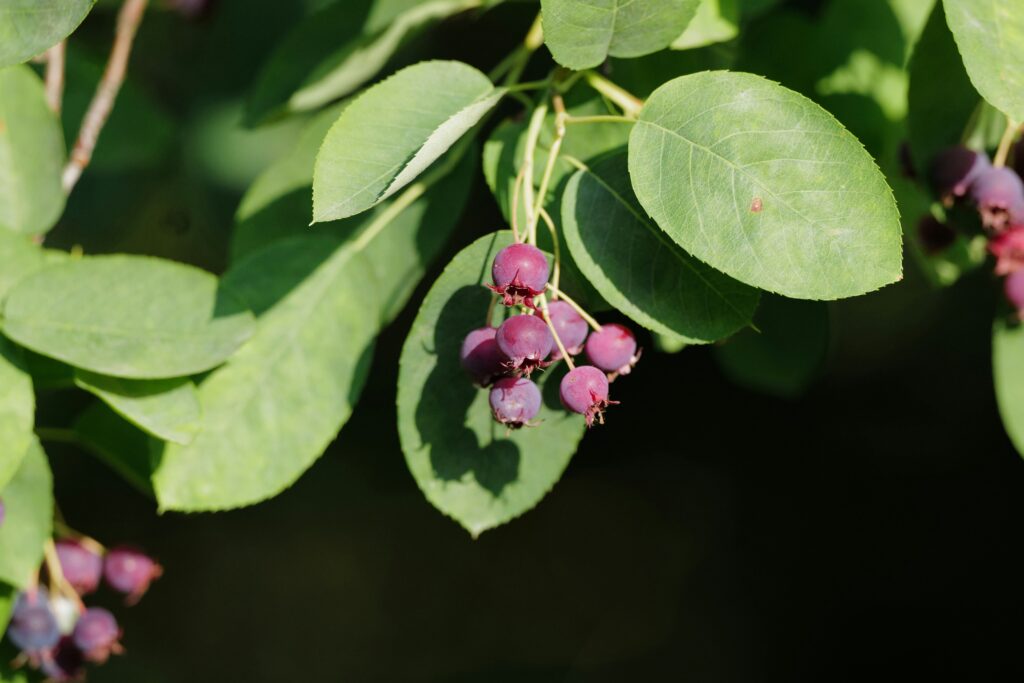
Serviceberries provide year-round interest with spring flowers, summer berries, and fall foliage. They thrive in full sun to partial shade and well-drained soil. Regular watering is necessary during dry periods.
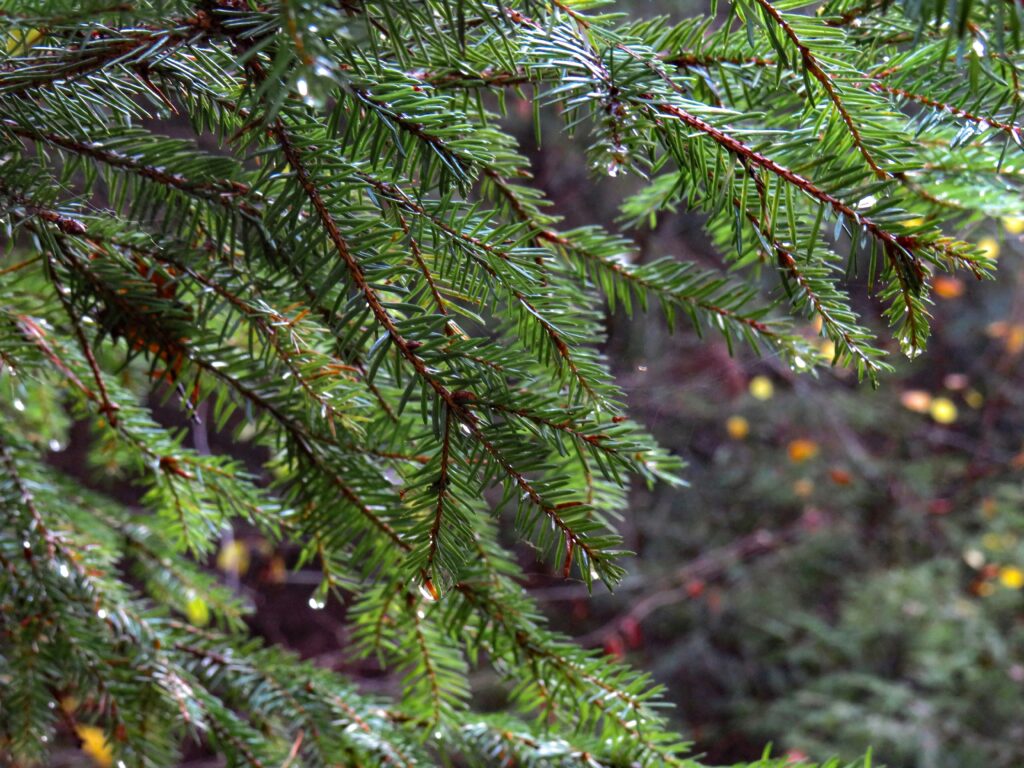
This evergreen is perfect for adding year-round structure. It prefers full sun and moist, well-drained soil. Minimal watering is needed once established, but it benefits from occasional pruning to maintain its shape.
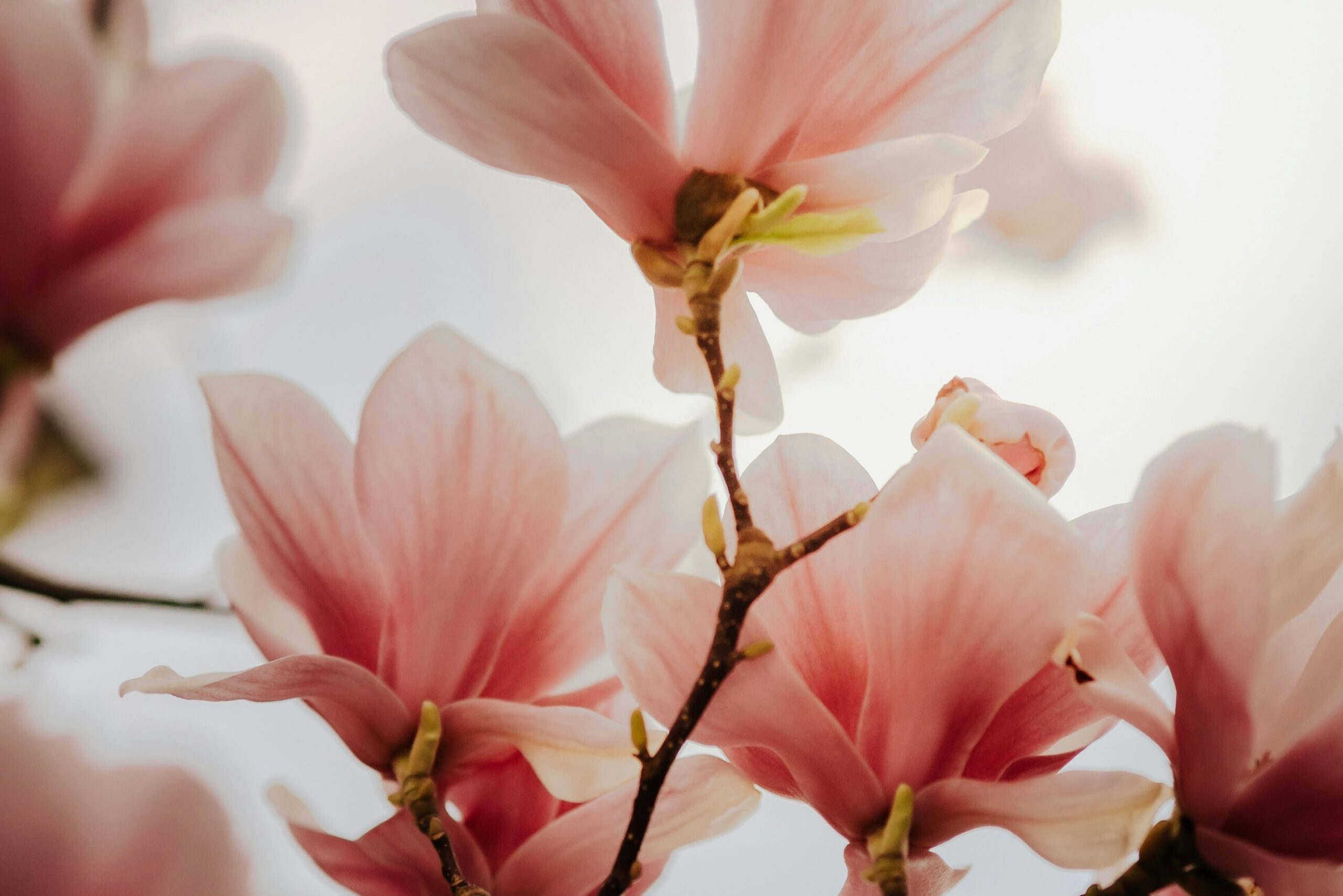
Star Magnolias are cherished for their fragrant, star-shaped flowers. They grow best in full sun to partial shade with well-drained soil. Regular watering, especially during dry spells, supports healthy growth.
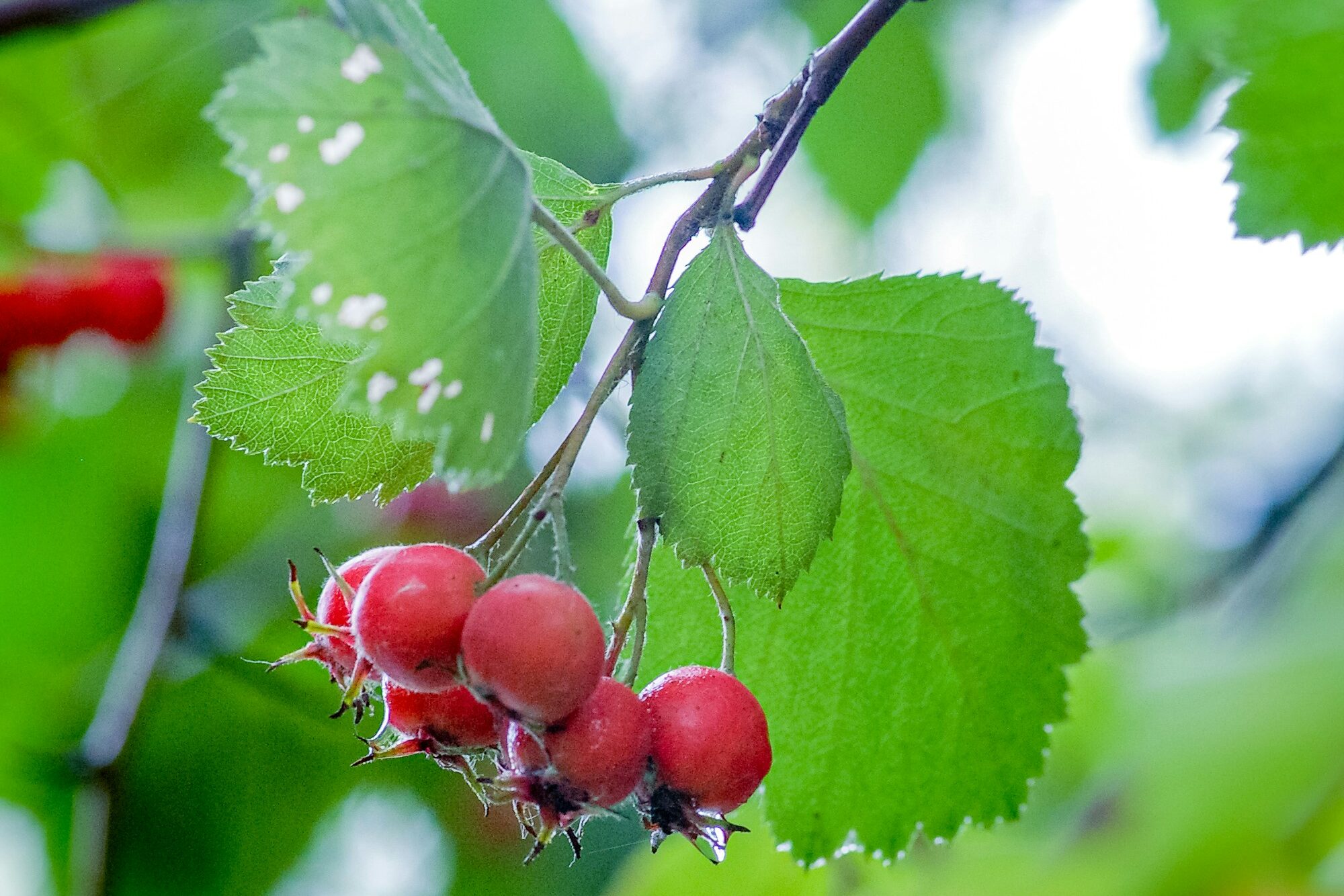
Hawthorns offer spring blooms and fall berries. They thrive in full sun and can tolerate a range of soil conditions. Pruning helps maintain their shape and encourages flowering.
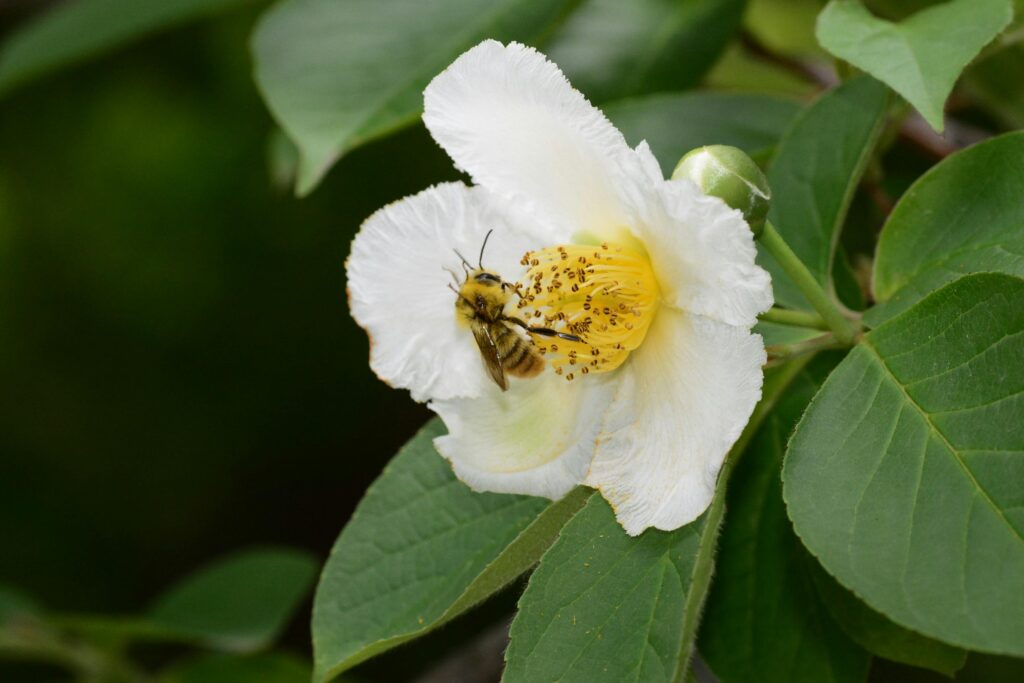
Known for its beautiful bark and summer flowers, the Japanese Stewartia prefers partial shade and acidic, well-drained soil. Regular watering is essential, particularly during hot weather.
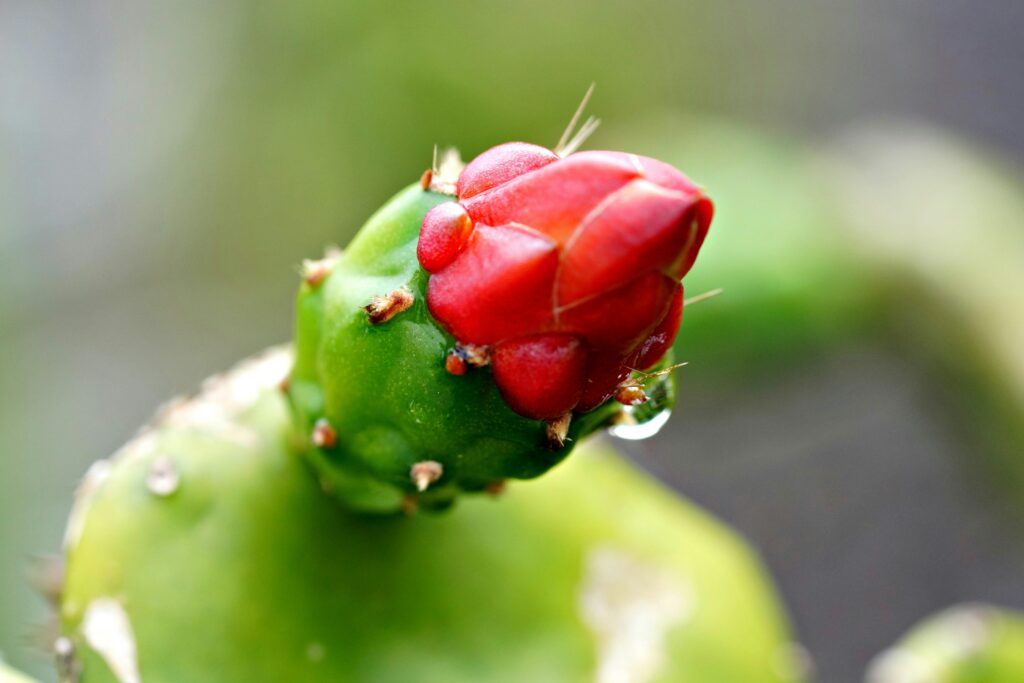
This small tree features attractive red flowers and thrives in partial shade with moist, well-drained soil. Consistent watering and occasional pruning keep it healthy and vibrant.
Proper care is crucial for the health and vitality of small trees. Understanding their specific needs regarding soil, light, and water ensures they thrive in your front yard.
Most small trees prefer well-drained soil rich in organic matter. Conduct a soil test to determine pH levels and amend as necessary to meet the specific needs of your chosen tree species.
Each tree has unique light and water requirements. While some trees thrive in full sun, others prefer partial shade. Watering should be consistent, especially during the first few years of growth, to establish strong root systems.
Maintaining small trees involves seasonal tasks that support their growth and health throughout the year.
Small trees can be susceptible to various pests and diseases. Regular monitoring and prompt treatment are essential to keep them healthy.
Aphids, scale insects, and caterpillars are common pests that can damage foliage and weaken trees. Use insecticidal soap or neem oil as a natural remedy. Fungal diseases, such as powdery mildew and rust, can be managed with appropriate fungicides and by ensuring proper air circulation around the trees.
Planting small trees requires the right tools and safety precautions to ensure success and prevent injuries.
Choosing the best small trees for your front yard can significantly enhance your home’s curb appeal while providing environmental benefits. By understanding the specific needs of each tree and following proper care instructions, you can create a vibrant and inviting landscape that complements your home. With the right tools and safety precautions, planting and maintaining small trees can be an enjoyable and rewarding endeavor for any homeowner or gardening enthusiast.